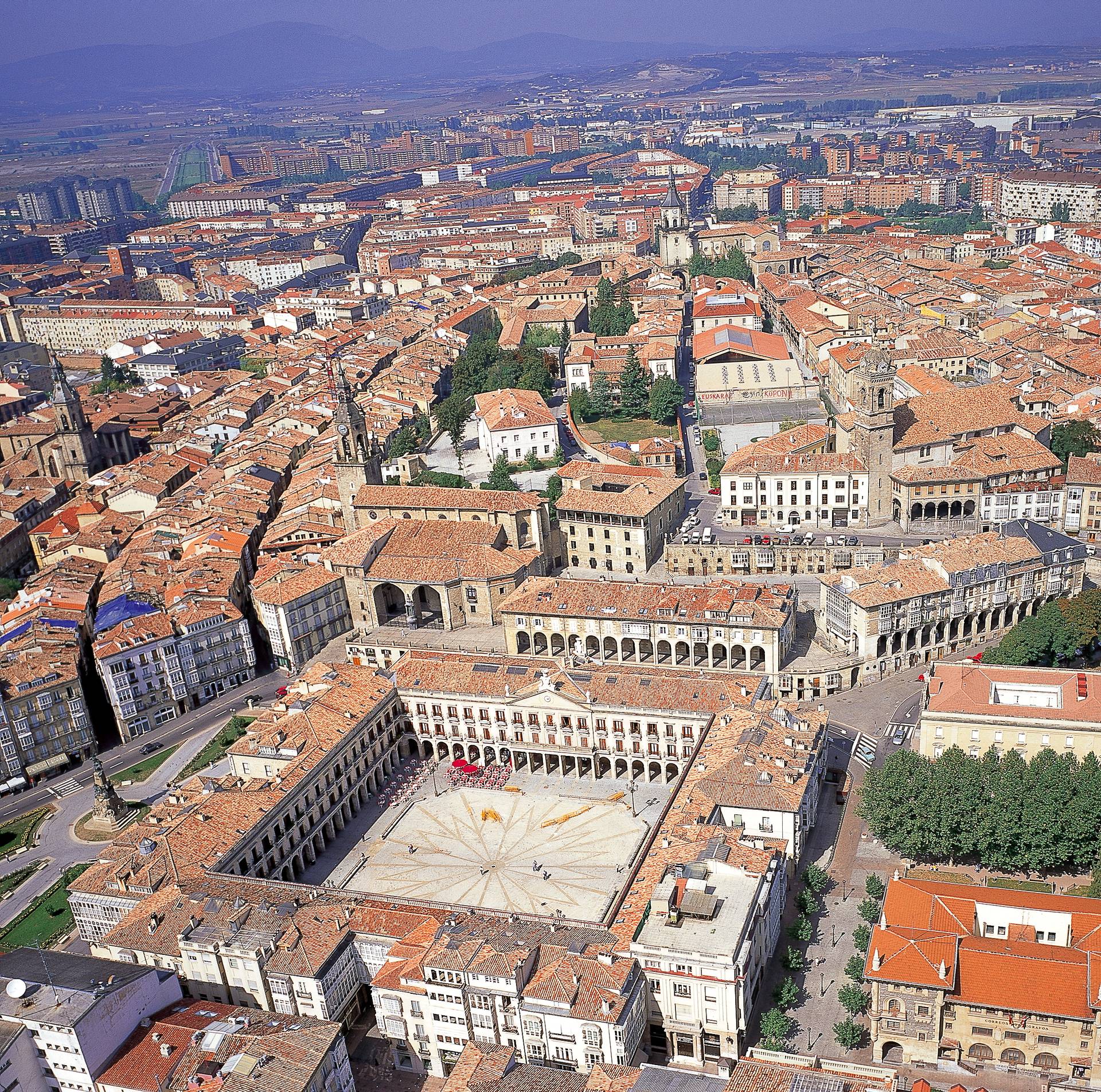ROME – In the wake of 9/11, newspapers around the world carried some version of the headline, “We’re All Americans Now.” The idea was that the destruction of the Twin Towers wasn’t just an assault on the United States but on civilization itself, and everyone had a stake in defending it.
That solidarity dissipated fairly quickly amid political debates over post-9/11 foreign policy, but for a brief, shining moment the world was one.
In similar fashion, perhaps today’s headline, in a particular way for the 1.3 billion Catholics of the world, ought to be, “We’re All Parisians Now.” This time, one hopes the possibilities won’t slip away quite so quickly.
Yesterday’s stunning fire at the Cathédrale Notre-Dame de Paris, which has left the magnificent Gothic structure a smoldering hulk of its former self, represents a devastating blow not merely to French Catholics but to Catholicism everywhere, since it’s one of those sites that transcends its nationality and culture.
Dominating the Paris skyline for eight centuries, there’s almost no chapter of Church history the cathedral doesn’t somehow capture and reflect.
While its role in such upheavals as the French Revolution and the Napoleonic era are well-known, Notre Dame’s history also includes less familiar nuggets. For instance, the late Cardinal Jean-Marie Lustiger, a convert from Judaism, liked to point out that the façade of the cathedral displays statues of the 28 kings of Israel, which was a way for designers to express gratitude to Paris’s Jewish community for its financial support of the original construction.
In that sense, Lustiger would say, Notre Dame was also a unique symbol of Jewish/Catholic friendship.
Investigations were still underway as of this writing as to the causes of the fire, though officials in Paris seem to have excluded either arson or terrorism.
In all honesty, though, it doesn’t really matter right now. The point is that it’s happened, and it’s left a gash right at the heart not only of France and Europe but Catholicism everywhere, because Notre-Dame de Paris is among that handful of special places around the world that symbolize the beauty and depth of the faith at its most compelling.
Late last night in Paris, French President Emanuel Macron stood before the Cathedral of Notre Dame and vowed to the nation that it would be rebuilt.
“Notre-Dame is burning, and I know the sadness, and this tremor felt by so many fellow French people. But tonight, I’d like to speak of hope too,” he said. Macron announced the launch of a global fundraising campaign, promising that the “greatest talents” will be recruited to assist.
“I solemnly say tonight: we will rebuild it together,” Macron said.
The French president was flanked by Archbishop Michel Aupetit of Paris when he made the announcement. Though personally an agnostic and politically a strong advocate of laïcité, or strict church/state separation, Macron has shown respect for France’s Catholic roots both as a candidate and as president. Among other things, he spoke to the country’s bishops last April at Paris’s Collège des Bernardins, saying, “I solemnly ask you not to feel that you are on the sidelines of the Republique, but to continue carrying out the role you have always had.”
That spirit, many observers believe, should facilitate cooperation between the French government and the Church in the work ahead.
Though Macron spoke of rebuilding Notre Dame as the destiny of the French, it’s arguably every bit as much a call to the global Church. While last night’s fire struck Paris, it could just as easily have happened anywhere.
We know, for instance, that a fire laid waste to Rome’s famed Basilica of St. Paul Outside the Walls in 1823, so what one sees today is essentially an exact replica. As many of Europe’s famed cathedrals fall increasingly into disuse as places of worship amid growing secularism, maintenance becomes more difficult and the risk of similar incidents elsewhere grows.
Wherever a cornerstone of the Church’s heritage is at risk, all Catholics stand to lose.
As a global campaign to resurrect Notre Dame takes hold, it will be important to avoid any political connotations. Last night, Polish President Andrzej Duda tweeted out his support, saying: “I am convinced that the rebuilding of the Cathedral may become a symbol of the rebuilding of Europe on its true, historical, Judeo-Christian foundations.”
While that can be a noble sentiment, given the reputation of his right-wing Law and Justice party, some may hear echoes of the nationalist push that characterizes much of European political life. Leaders will need to show restraint about any rhetoric that could suggest rebuilding the cathedral is partisan.
Though many have commented on the horror that this tragedy struck at the beginning of Holy Week, it’s also the case that the Church’s holiest period of the year creates a special moment of opportunity to galvanize Catholic support worldwide.
(Notre Dame belongs to the French state and is part of the patrimony of humanity, so both church and state will be involved, but support from Catholics worldwide will be essential.)
Imagine, for instance, a special collection for Cathédrale Notre-Dame de Paris during the Saturday Easter vigil later this week, when Catholics all around the world enter their local church to find it darkened, later broken by a flame – the lighting of the Paschal candle. More powerful symbolism is difficult to imagine.
Whatever form it takes, one hopes the global Church will respond energetically to save not only its past but also its present, since Notre Dame is also a living place of faith in the heart of one of the world’s most thoroughly secular environments.
Much is at stake – because, as things stand, we’re all Parisians now.

















